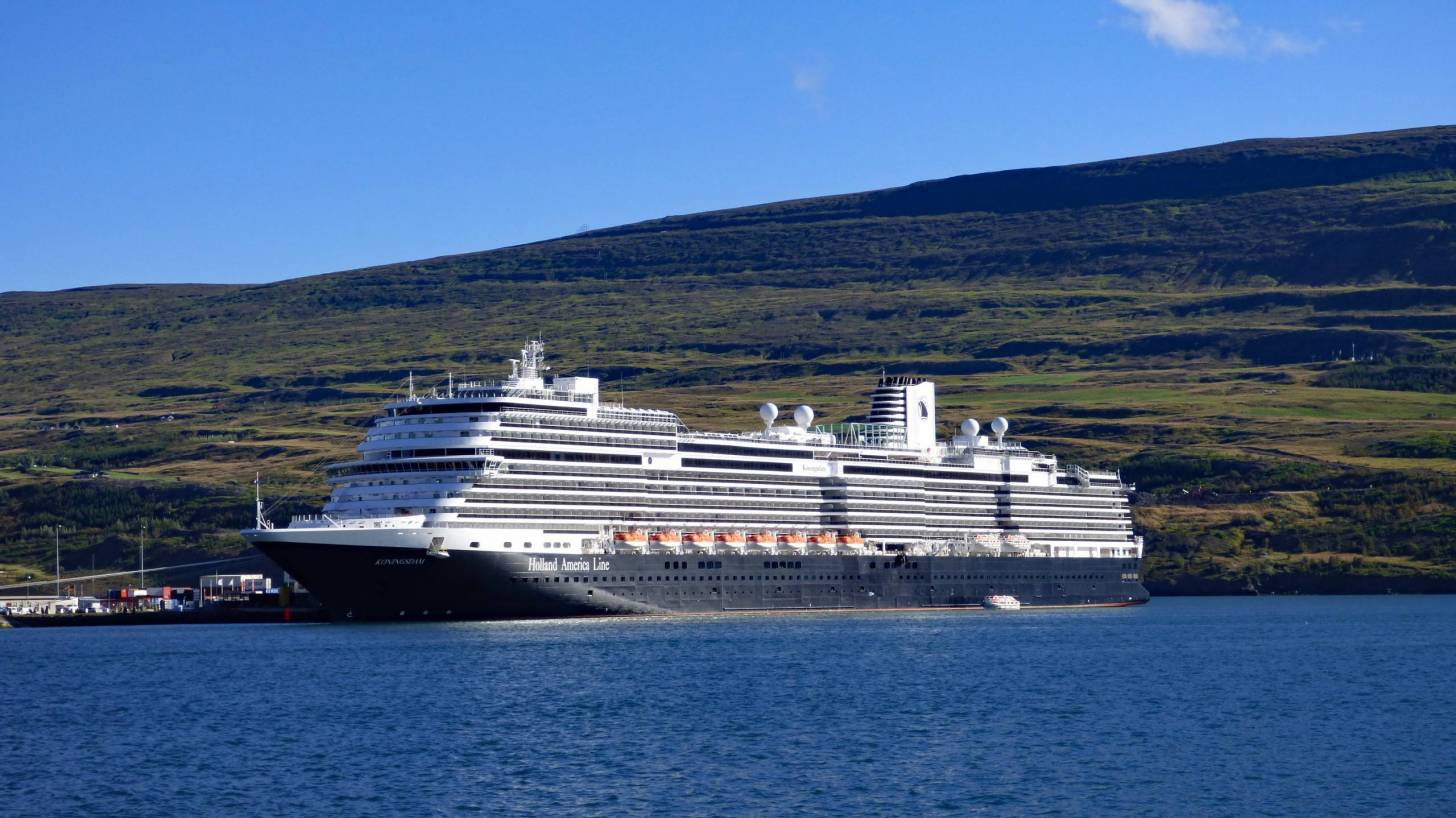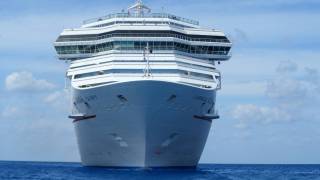Holland America Cruise Ship Headed for Alaska Reports 73 Sick

An outbreak of an unknown virus on a Holland America cruise was reported on June 22, 2018, to the Centers for Disease Control and Prevention (CDC).
The 781-foot ship Zaandam reported 73 sick passengers (58 / 3.94%) and crew (15 / 2.54%) reporting vomiting and diarrhea. Holland America activated a protocol to isolate ill passengers in their cabins.
Specimens have been collected and tested onboard using a norovirus rapid test. The initial results were negative for norovirus. The specimens were sent to CDC for additional testing.
** Zaandam cruise ship virus update **
The Zaandam is headed to a number of Alaska ports including Hoonah, Anchorage, Homer, Kodiak and Sitka before it returns to Seattle on July 2, 2018.
The CDC Vessel Sanitation Program is monitoring the outbreak and the ship’s response procedures. Holland America Group and the crew aboard the ship reported the following actions:
- Increasing cleaning and disinfection procedures according to their outbreak prevention and response plan,
- Collecting stool specimens from passenger and crew gastrointestinal illness cases for testing,
- Making multiple daily reports of gastrointestinal illness cases to VSP,
- Consulting with CDC on plans for their comprehensive sanitation procedures in Seattle, Washington, on July 2.
It’s the sixth reported norovirus outbreak on a cruise ship during 2018, and the second in Alaska, according to the CDC. The 610-foot Silver Shadow reported 36 people fell ill during a May voyage that included Dutch Harbor, Kodiak, and Homer.
During 2017, cruise lines sailing from US ports failed their sanitation inspections at the highest rate since the CDC Vessel Sanitation Program started holding cruise ships to its Operations Manual Guidelines.
Fifteen ships earned failing scores out of 255 inspections during 2017.
Of the 11 ships that reported having a gastrointestinal disease outbreaks in 2017, only 2 ships also failed their sanitation inspections the same year.
People often associate cruise ships with Acute Gastroenteritis (AGE) related illnesses.
But AGE illness is relatively infrequent on cruise ships despite their notoriety, says the CDC.
Approximately 73.5 million passengers sailed on voyages that required a VSP report during 2008–2014.
During that period, 172,810 passengers and crew members met VSP’s case definition for acute gastroenteritis, accounting for 0.18% of passengers and 0.15% of crew members (outbreak and non-outbreak illnesses combined).
Among cruise ship outbreaks with clinical specimens tested, 92% were caused by norovirus, with enterotoxigenic E. coli the second most common etiologic agent.
Noroviruses are highly transmissible, can spread easily, especially in environments where persons live in close quarters such as long-term care facilities or dormitories and can remain infectious on environmental surfaces for long periods of time.
The enterotoxigenic E. coli outbreaks all occurred outside the United States on ships sailing back to the United States after visiting Central or South America.
According to the CDC, proper hand hygiene is vital to preventing outbreaks of acute gastroenteritis on cruise ships.
This is best accomplished by washing hands with soap and water because it allows for the mechanical removal of the virus from the hands. Alcohol-based hand sanitizer used alone has shown limited efficacy, but can be used in conjunction with handwashing with soap and water.
Our Trust Standards: Medical Advisory Committee


























